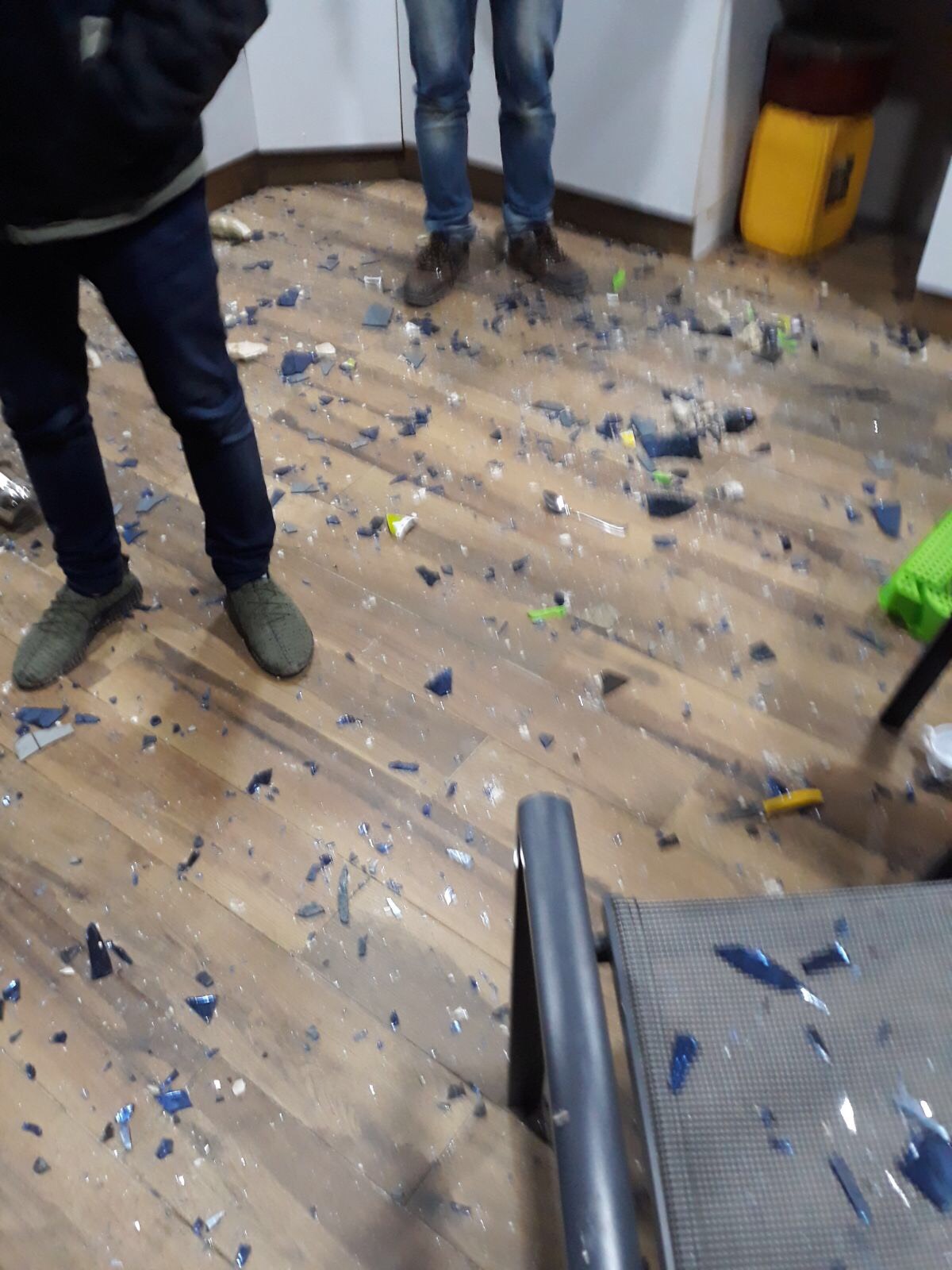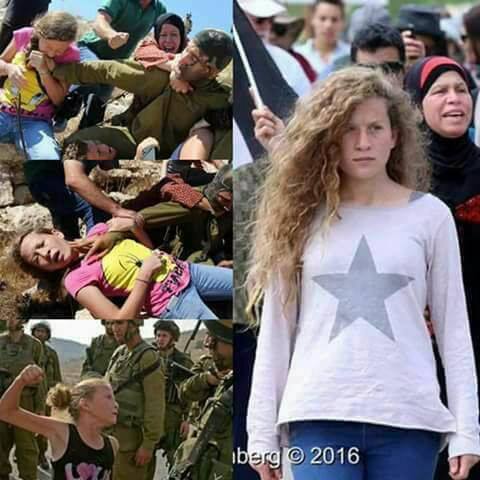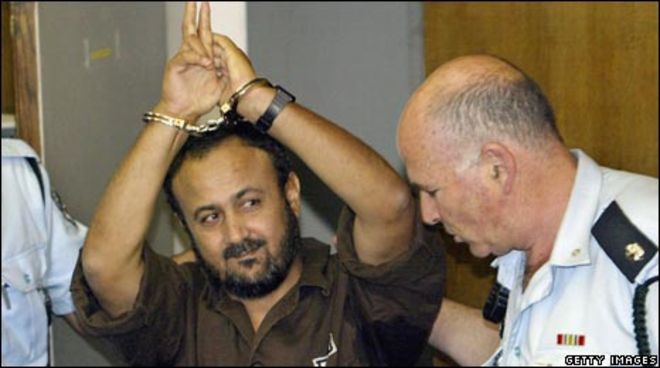Category: In the Media
-
Palestinian villages attacked – yet resisting illegal outposts
12th January 2018 | International Solidarity Movement, Nablus team | Occupied Palestine Today in Kfar Qaddum the protesters, marching towards the road closed off due to the illegal settlement of Kadumim, were suppressed by Israeli military. Protesters were met with teargas and rubber coated steel bullets. Luckily there were no serious injuries. Three days ago…
-
Israeli soldiers arrest 16-year old girl and her mother in Nabi Saleh
December 19th 2017 International Solidarity Movement, Nablus team | International Womens Peace Struggle | Occupied Palestine UPDATE: Bassem Tamimi, Ahed’s father, has also been arrested by Israeli occupation forces as he went to the court where his daughter and wife are held. No break for the kid-targeted repressive operation of the Israeli forces. Tonight soldiers raided Nabi…



